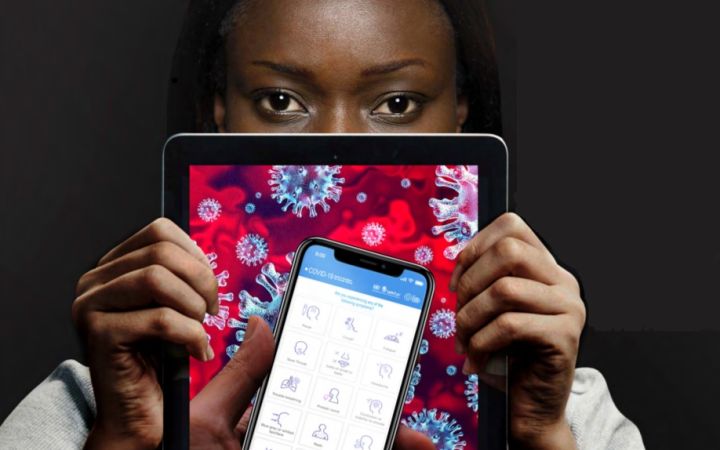June 2020 - The Global Surgery Foundation (GSF), a project of the United Nations Institute for Training and Research (UNITAR), launched COVID.za.com, a self-diagnostic application and dashboard to assist the authorities in identifying communities with a high prevalence of COVID-19 symptoms and facilitate targeted testing and treatment interventions.
The project is the product of a strong coalition between the United Nations Institute for Training and Research (UNITAR), the Global Surgery Foundation, the Rali and Makentse Mampeule Foundation, the University of Cape Town Division of Global Surgery, Amazon Web Services and Slalom.
The application is currently piloting in South Africa and has been tailored to the country’s needs - accounting for South Africa’s distinct demographic and public-health factors so as to offer the public and policymakers an accurate overview of the virus.
This software will be available to all countries and localized so that it is sensitive to local patterns, cultural contexts, and leverages vast sums of data to enable decisions. It is easily translated to national languages, has low data usage, and is pictographic in nature - to ensure that all literacy levels can have access to important information.
While the tool will be available to all countries at minimal cost, initial distribution is focused on Low- and Middle-Income Countries (LMICs) which have been left behind in the COVID-19 battle. In particular, the tool is being designed to be easily used in low-income settings where internet data is limited.
The data collected by the application is fully anonymous but can be used to identify potential hotspots and communities at risk. It can support critical decision-making by policy makers such as prioritizing resource allocations, targeting testing efforts, and making informed life-saving decisions to fight COVID-19.
The ability to collect data, especially in countries where testing is limited, is critical to effectively understand the impact of COVID-19 in real-time. Data can be leveraged to create models that identify infection hotspots and communities at risk, target testing efforts, drive heightened vigilance and prevent the spread of disease during pandemics.
This is imperative in supporting critical decisions about where and when limited resources need to be deployed and what policies need to be put in place to limit the spread of the disease while balancing economic needs.
The tool has two main elements, the pandemic self-diagnostic application and the predictive modeling dashboard. Together they ensure that both the general population, as well as the government, are well informed.
The application is particularly exciting because it:
- Provides countries which do not have the resources or testing, the ability to provide self-assessments.
- Stretches the medical resources in countries with shortages by identifying hotspots to inform equipment and resources distribution.
- Combats the second and third waves of the COVID-19 by providing accurate aggregated data to help inform policy decisions.
- Provides a tool to countries that is tailored to their needs.
- It can easily and quickly be deployed for all future pandemics and epidemics.


